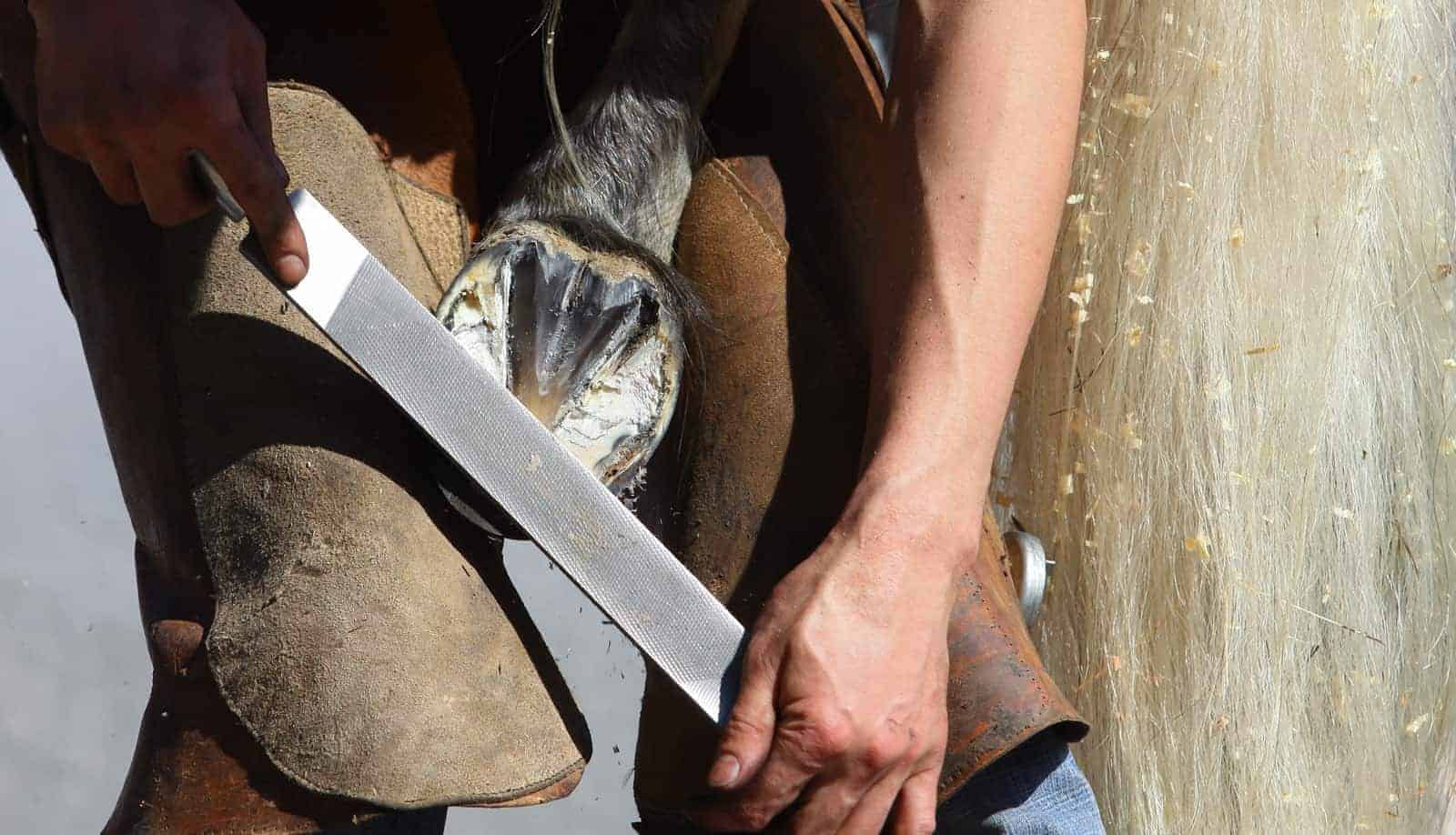New Editorial Calls for More Farriery Research

A recently published editorial in the Equine Veterinary Journal, written by members of the Royal Veterinary College’s (RVC) Structure and Motion groups, in Hertfordshire, U.K., highlights the need for further farriery research.
The paper explores farriery research to date and discusses why there is a paucity of scientific publications compared to other fields of equine research, despite the huge importance farriery plays in addressing lameness problems. Research into this area is essential to guide vets and farriers in providing evidence-based care of horses’ feet in order to optimize their welfare and performance, the group says.
The article proposes that a lack of opportunities for farriers to gain research experience as the main factor limiting research in this area. In addition, research into farriery is a technically challenging process, which requires coordinated efforts between veterinary, farriery, and engineering experts, the group says, and it is also hard to secure funding for such research projects, despite their clinical significance
Create a free account with TheHorse.com to view this content.
TheHorse.com is home to thousands of free articles about horse health care. In order to access some of our exclusive free content, you must be signed into TheHorse.com.
Start your free account today!
Already have an account?
and continue reading.
Written by:
Edited Press Release
Related Articles
Stay on top of the most recent Horse Health news with















